SIHH Upbeat Despite China Concerns
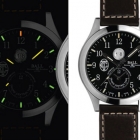
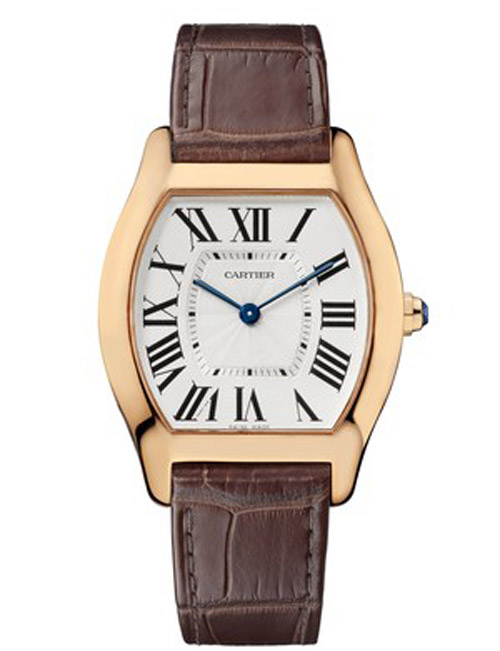 So strong was the demand for hotel rooms during last week’s SIHH watch show here that even U.S. Secretary of State John Kerry and his international counterparts had to decamp to nearby Montreux for their opening talks on Syria. With nearly 13,000 trade and media visitors, 16 exhibiting brands, nonstop sushi and Champagne, and sales of Swiss timepieces hovering near another record, the mood in Geneva was decidedly upbeat. At nearly 20 billion Swiss francs, or $21.5 billion at average exchange, exports of Swiss watches by value climbed almost 2 percent in the first 11 months of 2013 compared with the previous year.
So strong was the demand for hotel rooms during last week’s SIHH watch show here that even U.S. Secretary of State John Kerry and his international counterparts had to decamp to nearby Montreux for their opening talks on Syria. With nearly 13,000 trade and media visitors, 16 exhibiting brands, nonstop sushi and Champagne, and sales of Swiss timepieces hovering near another record, the mood in Geneva was decidedly upbeat. At nearly 20 billion Swiss francs, or $21.5 billion at average exchange, exports of Swiss watches by value climbed almost 2 percent in the first 11 months of 2013 compared with the previous year.
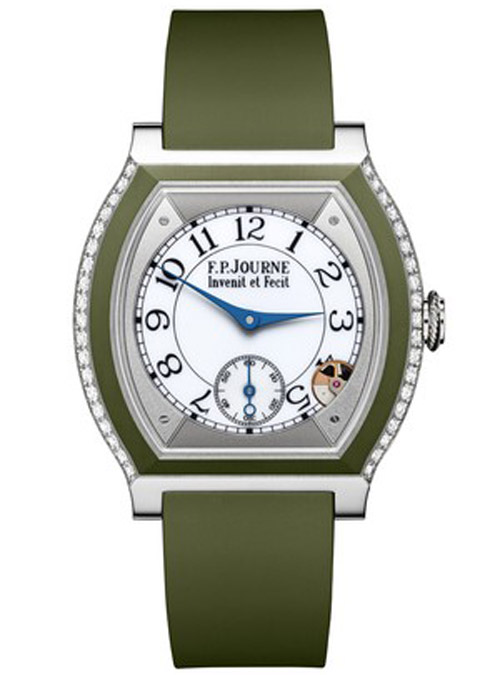 Full-year export figures — the only industry-wide data available — will not be out until Feb. 6. But shortly before the show, Compagnie Financière Richemont, the driving force behind SIHH, said revenues in the crucial third quarter to Dec. 31 had risen 9 percent at constant exchange to almost 3 billion euros, or $4.05 billion. Days earlier, archrival Swatch Group — the motor behind the bigger BaselWorld watch and jewelry show in March — said 2013 revenues had jumped by more than 8 percent to a record 8.8 billion Swiss francs, or $9.46 billion, and reported a “strong start” to 2014. Where the market is going remains up for conjecture.
Full-year export figures — the only industry-wide data available — will not be out until Feb. 6. But shortly before the show, Compagnie Financière Richemont, the driving force behind SIHH, said revenues in the crucial third quarter to Dec. 31 had risen 9 percent at constant exchange to almost 3 billion euros, or $4.05 billion. Days earlier, archrival Swatch Group — the motor behind the bigger BaselWorld watch and jewelry show in March — said 2013 revenues had jumped by more than 8 percent to a record 8.8 billion Swiss francs, or $9.46 billion, and reported a “strong start” to 2014. Where the market is going remains up for conjecture.
For independent watchmaker François-Paul Journe’s line, F.P. Journe, demand is reaching its limits. “I think the market is growing a bit more fragile. If you look at the figures, exports have risen because of higher prices, not higher volumes,” he said. While not exhibiting at SIHH, Journe was one of a number of smaller watchmakers to piggyback off the event, launching the Elegante — his first women’s watch collection. François-Henry Bennahmias, chief executive officer of Audemars Piguet, was more optimistic.
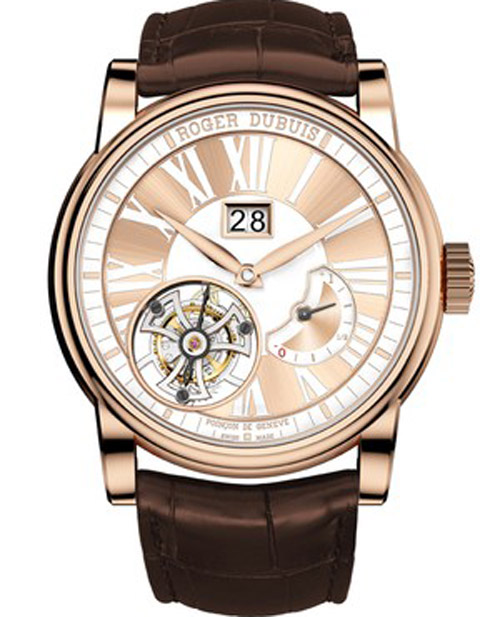 “This is still not a mature industry; far from it. Just compare it with women’s shoes: Watches haven’t even started yet. And as for men, ever more are being exposed to top watches. There’s still vast potential,” he said. But the shadows remained amid Geneva’s bright lights. By far the longest was cast by China. Beijing’s crackdown on corruption and ostentatious gift giving has hit pricy watches. Exports to China were down 15 percent in the first 11 months of 2013. While Swatch Group remained reasonably confident — thanks partly to its lower- and mid-priced brands — Richemont acknowledged sales had fallen, without saying by how much. Everyone at SIHH was conscious of China’s potential for disruption, but few dared stick their necks out.
“This is still not a mature industry; far from it. Just compare it with women’s shoes: Watches haven’t even started yet. And as for men, ever more are being exposed to top watches. There’s still vast potential,” he said. But the shadows remained amid Geneva’s bright lights. By far the longest was cast by China. Beijing’s crackdown on corruption and ostentatious gift giving has hit pricy watches. Exports to China were down 15 percent in the first 11 months of 2013. While Swatch Group remained reasonably confident — thanks partly to its lower- and mid-priced brands — Richemont acknowledged sales had fallen, without saying by how much. Everyone at SIHH was conscious of China’s potential for disruption, but few dared stick their necks out.
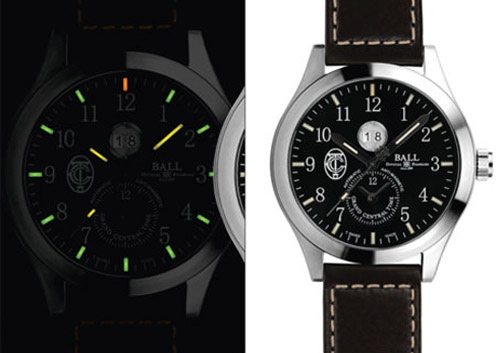 The reticence was particularly conspicuous among Richemont executives, always wary of revealing proprietary information and even more so when the subject is touchy. Jérôme Lambert, the normally communicative former head of Jaeger-LeCoultre who last summer moved to run bigger Montblanc, was one of the tightest lipped. He also declined to comment on the rumors surrounding his transfer — widely taken by analysts to reflect Richemont’s attempt to enliven Montblanc’s stagnant sales. Lambert made no secret his priority was boosting synergies between watches, writing instruments, leather goods and jewelry, Montblanc’s four lines, with watches playing a big role. For starters at SIHH, he revealed the brand’s new Meisterstück Heritage range to reinforce its lower priced watch offering.
The reticence was particularly conspicuous among Richemont executives, always wary of revealing proprietary information and even more so when the subject is touchy. Jérôme Lambert, the normally communicative former head of Jaeger-LeCoultre who last summer moved to run bigger Montblanc, was one of the tightest lipped. He also declined to comment on the rumors surrounding his transfer — widely taken by analysts to reflect Richemont’s attempt to enliven Montblanc’s stagnant sales. Lambert made no secret his priority was boosting synergies between watches, writing instruments, leather goods and jewelry, Montblanc’s four lines, with watches playing a big role. For starters at SIHH, he revealed the brand’s new Meisterstück Heritage range to reinforce its lower priced watch offering.
“Yes, there are going to be ups and downs. But what we’ve noticed in China in the past two to three years is the rising connoisseurship of many owners,” observed Nicolas Bos, ceo of Van Cleef & Arpels. As a relative latecomer to China — the brand opened its first store there only in 2005 — and a predominantly retail label, Bos claimed to be less concerned than most. His priority was to “rebalance” Van Cleef’s image. Once known as the epitome of high jewelry, the brand has moved into watchmaking, with some particularly complicated models for women. This year’s SIHH brought an emphasis on similar expertise for men — showcased by the new Midnight Planétarium Poetic Complication, an extraordinarily complicated timepiece due to retail for $245,000 before tax.
The planets featured on the watch will move in time to their genuine stellar orbits. Saturn, for example, will take more than 29 years to circle the dial. Daniel Riedo, Lambert’s successor at Jaeger-LeCoultre, tried to remain sanguine. “Obviously, there are periods of ups and downs. It’s true this is not a period of very fast growth in China. But we’re there for the long term,” he noted. Reflecting the long-term nature of the business, Riedo’s brand is nearing the end of a heavy investment phase to boost output and increase in-house parts production. The process, called “verticalization” in the trade, was, after China, the second major theme at the show.




